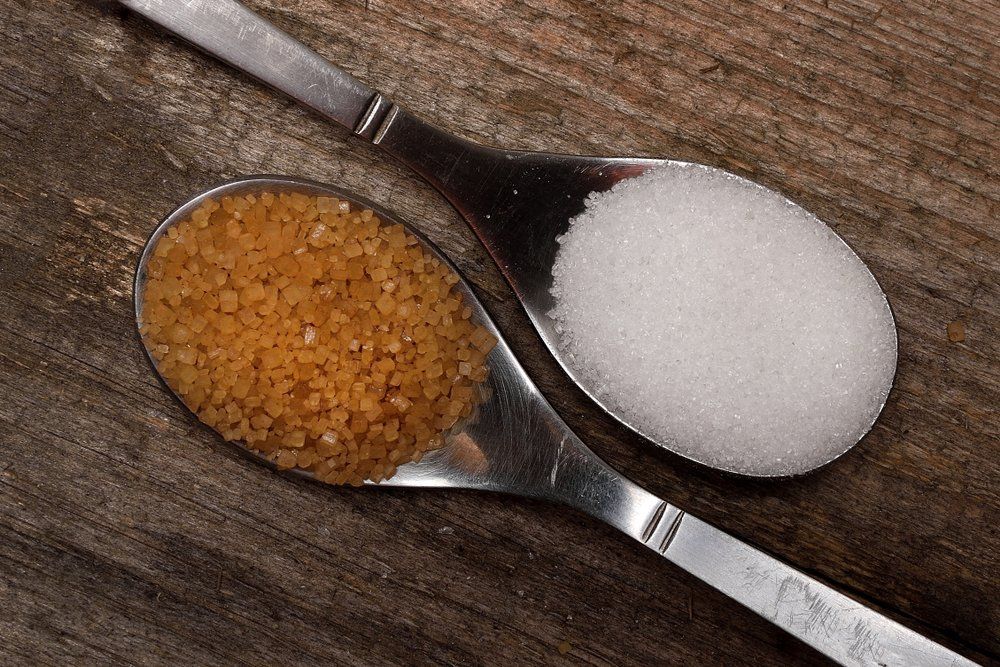The growing techniques for beet sugar vs cane sugar contribute to differences in production scale.
The growing techniques for beet sugar vs cane sugar contribute to differences in production scale.
Blog Article
Discover the Uses and Advantages of Beet Sugar Vs Cane Sugar in Your Daily Diet Plan
Exploring the distinct qualities of beet and cane sugar exposes greater than simply their sweetening abilities; it highlights their distinct influence on health and cookeries. Beet sugar, recognized for its subtle taste, is usually favored in fragile treats, whereas cane sugar, with its hint of molasses, adds richness to durable dishes. Each kind holds its own dietary profile and glycemic effects, welcoming a much deeper understanding of their roles in a well balanced diet regimen and lasting consumption practices.
Origin and Manufacturing Processes of Beet and Cane Sugar

The distinct environments and dirt types required for expanding sugar beetroots and sugarcane add to differences in their cultivation techniques and geographical circulation, influencing the economics and sustainability of their production. beet sugar vs cane sugar.
Nutritional Contrast Between Beet Sugar and Cane Sugar
Despite originating from various plants, beet sugar and cane sugar are nutritionally really similar, both mostly containing sucrose. Each provides about 4 calories per gram, translating to approximately 16 calories per teaspoon. Structurally, both sugars are composed of roughly 99.95% sucrose, with very little amounts of other substances like dampness and trace minerals, which do not dramatically modify their nutritional profiles.

Ultimately, when selecting between beet sugar and cane sugar based on dietary content alone, both deal identical advantages and downsides as they are essentially kinds of the very same molecule-- sucrose, providing fast energy without various other nutrients.
Influence On Health: Glycemic Index and Caloric Content
Checking out better right into the effects of beet sugar and cane sugar on health and wellness, it is necessary to consider their glycemic index and caloric material. Both sugars are categorized as sucrose, which is composed of glucose and fructose. This make-up leads them to have a similar effect on blood sugar level levels. The glycemic index (GI) of both beet and cane sugar is around 65, classifying them as high-GI foods, which can cause quick spikes in blood glucose levels. This is an important element for individuals handling diabetic issues or those attempting to stabilize their energy levels throughout the day.
Each sort of sugar has around 4 calories per gram, making their caloric content matching. For those keeping track of calorie consumption, particularly when managing weight or metabolic wellness conditions, recognizing this equivalence is crucial (beet sugar vs cane sugar). Nevertheless, excessive intake of any type of high-calorie, high-GI food can contribute to wellness problems such as obesity, heart problem, Full Report and insulin resistance.
Environmental and Economic Factors To Consider of Sugar Production
Beyond wellness impacts, the manufacturing of beet and cane sugar likewise elevates considerable ecological and economic problems. Sugar beet cultivation often tends to require cooler environments and has a lower geographical impact contrasted to sugar cane, which flourishes in exotic regions. Nonetheless, both crops are extensive in terms of water use and land line of work, potentially bring about logging and water shortage. Financially, the worldwide sugar market is extremely unstable, influenced by modifications in worldwide profession plans and subsidies. Several nations incentivize sugar production with economic assistance, skewing market value and influencing small-scale farmers negatively.
Furthermore, using chemicals and fertilizers in both beet and cane sugar growing can cause soil deterioration and air pollution, additional influencing biodiversity and local water bodies (beet sugar vs cane sugar). The selection in between cultivating sugar beet or cane commonly rests on local ecological conditions and financial factors, making the sustainability of sugar production a complicated issue
Culinary Applications and Taste Differences
While the ecological and financial elements of sugar production are certainly significant, the option between beet and cane sugar additionally influences cooking applications and taste accounts. Beet continue reading this sugar, acquired from the sugar beet plant, is understood for its extremely neutral preference.
Cane sugar, removed from sugarcane, typically retains molasses traces, which give an unique splendor and depth. This mild molasses flavor boosts the intricacy of baked items, sauces, and sauces. It is especially preferred in items where a caramel touch is desired, such as in brownies or gingerbread. The minor variation in wetness content between beet and cane sugar can influence the texture and consistency of recipes, making cane sugar a preferred selection for specific see post recipes that profit from its special residential properties.

Verdict
Finally, both beet and cane sugar have distinct beginnings and production processes, supplying comparable nutritional accounts with mild differences in salt material and flavor. While their effect on health and wellness, specifically relating to glycemic index and calories, is similar, the selection in between them typically steams down to ecological, economic aspects, and specific cooking requirements. Understanding these aspects can lead consumers in making educated decisions that align with their wellness goals and taste choices.
Report this page